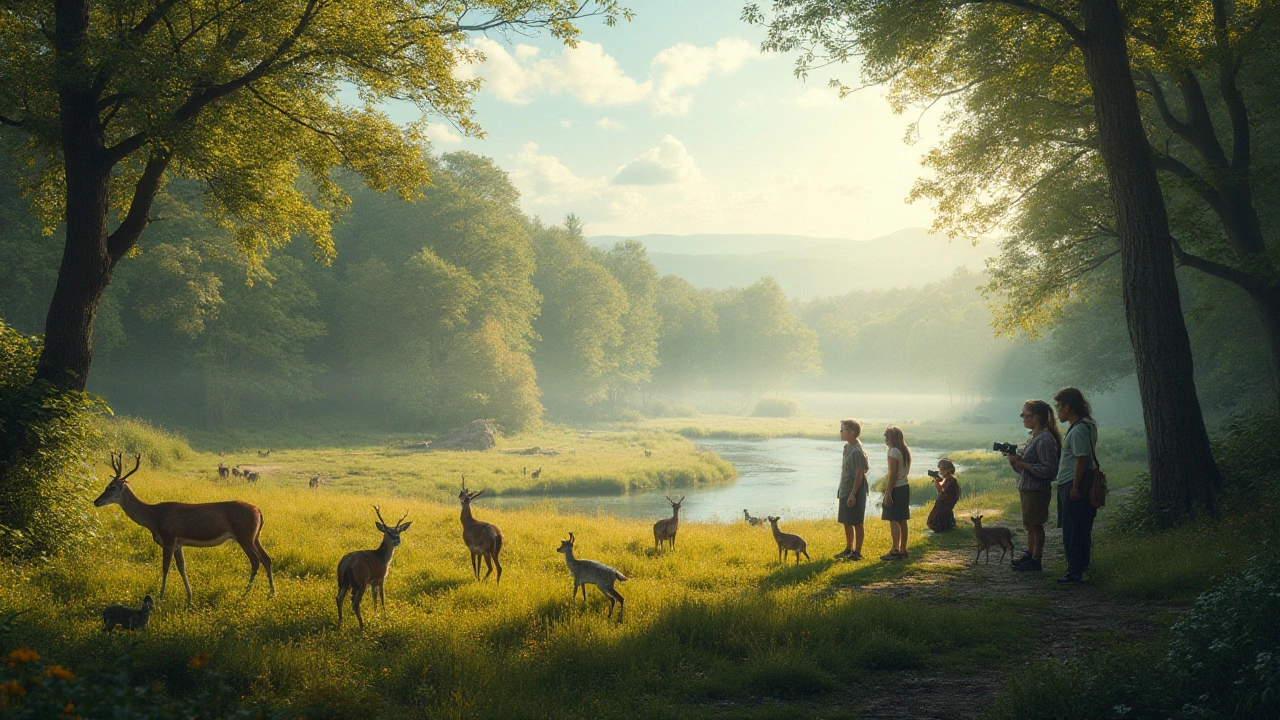Biodiversity in India: Why It Matters and Where to See It
When we talk about biodiversity, the variety of life in all its forms—plants, animals, fungi, and microorganisms—within a given ecosystem. It's what keeps forests alive, rivers clean, and skies full of birds. India isn’t just home to the Taj Mahal or the Himalayas—it holds one of the world’s top ten spots for biodiversity, with over 45,000 plant species and 91,000 animal species. This isn’t just numbers. It’s the reason you hear monkeys in the morning, see tigers at dusk, and find orchids blooming where few dare to walk.
India’s tropical forests, dense, humid ecosystems found mostly in the Western Ghats, Northeast, and Andaman Islands are where you’ll find creatures you won’t see anywhere else, like the Nilgiri tahr or the Hoolock gibbon. Meanwhile, the endangered species, animals on the brink of extinction due to habitat loss, poaching, or climate change list includes the Bengal tiger, Asiatic lion, and snow leopard—all protected in national parks like Corbett, Gir, and Hemis. These aren’t just tourist attractions. They’re living threads in a web that keeps the whole system running. Lose one, and the ripple affects water cycles, pollination, soil health, and even local medicine.
Conservation here isn’t just about fences and signs. It’s about communities living alongside wildlife, farmers shifting to organic methods, and guides who know exactly where to spot a leopard without disturbing it. Places like Bandhavgarh or Kaziranga don’t just offer safaris—they offer a chance to see how humans and nature can coexist. And when you visit these places, you’re not just a spectator. You’re part of the story.
What you’ll find in the posts below aren’t just travel tips. They’re real stories from people who’ve walked these trails, met these animals, and learned what’s at stake. From how trekking routes affect wildlife corridors to why temple forests in central India are biodiversity hotspots you never knew existed—this collection connects the dots between adventure and responsibility. You’ll see how protecting biodiversity isn’t some distant policy. It’s something you can witness, support, and even help shape—right where you stand.
